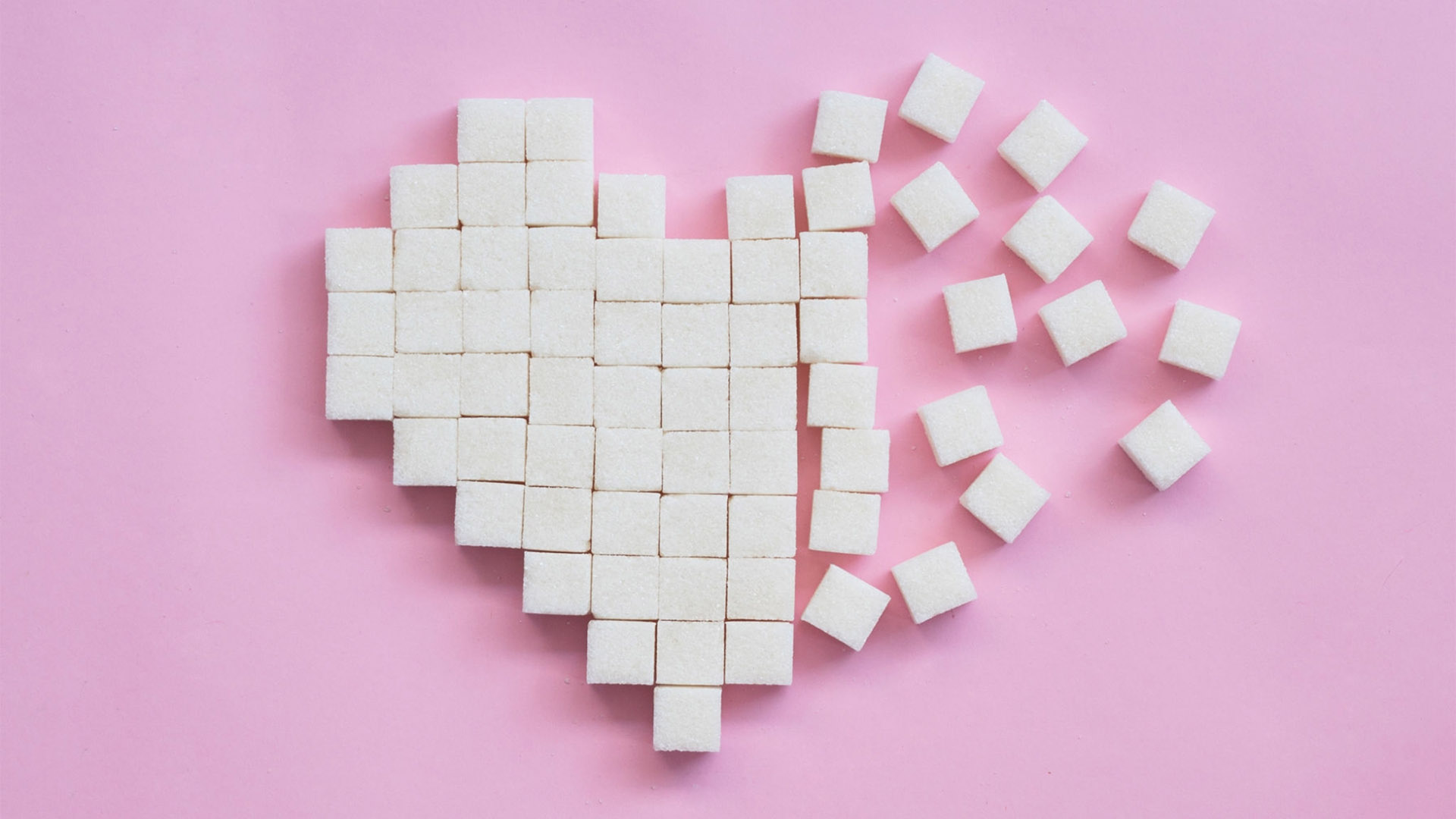Oh My God! My Sugar Has Increased
Sugar is one of the most dangerous enemies of our body. In fact, our body does not need sugar, it already produces enough sugar for itself. However, with the discovery of chocolate, human beings began to numb the body and deceived it with sugar. Diabetes is a disease that develops and lasts for a lifetime if the gland called pancreas does not produce enough insulin hormone or the insulin hormone it produces cannot be used effectively. As a result, the person cannot use glucose that passes blood from the foods he eats, that is, glucose and blood sugar rises (hyperglycemia).
.jpg)
Diabetes is defined in two different ways as Type 1 Diabetes and Type 2 Diabetes. Type 1 Diabetes is our body's energy needs, the main nutrients in our food are provided from carbohydrates, protein and fats. The most important of the nutrients that are separated into their smallest parts in order to be absorbed are simple sugars called glucose. Glucose is an important food source of all organs of the body, especially the brain. The cells use the glucose they need with the help of a hormone secreted by the pancreatic gland located behind the stomach. If this hormone known as insulin cannot be made in the body, the foods taken will not be used as energy. Type 1 diabetes, which occurs as a result of a lack of insulin hormones, is also called Juvenile diabetes, as it often occurs in childhood and youth. Type 1 diabetes occurs when insulin-producing beta cells in the pancreas are damaged by an autoimmune process. Since patients have an absolute or relative insulin deficiency, they have to take the hormone insulin from the outside (by injection) for life. Therefore, Type 1 diabetes is also called Insulin Dependent Diabetes Mellitus = IDDM. Generally, 10% of the diabetes cases in the society are Type 1 diabetes cases. The frequency of Type 1 diabetes in childhood varies between countries (regions) and diabetes develops in 1 to 42 of 100,000 children under the age of 15 each year. Type 1 diabetes is generally more common in northern countries. Type 2 Diabetes can be diagnosed in anyone, anywhere, at any age. People who have diabetes in their families, fat people, women who give birth to babies weighing more than 4 kg, people who live under stress are at higher risk of diabetes. In addition, chronic inflammation of the pancreas, pancreatic tumors and surgeries, and some hormone diseases such as hyperthyroidism, acromegaly can lead to Type 2 diabetes.
.jpg)
When diabetes is not brought under control, it will begin to damage our organs secretly and deteriorate our quality of life. Kidney problems, vision loss, severe injuries due to foot wounds, vascular disorders are just some of them. Diabetes emphasizes that we should live healthy. It is possible to control diabetes, diet, sports and drug treatment. As a result of glucose measurements, insulin is administered to the patient as a pill or needle in drug treatment. More than 35 million people with diabetes use disposable plastic needles.
Insulin Pen Needles are applied by subcutaneous injection. Thanks to its thin-walled body, Insulin Pen Nibs minimize the pain sensation and use special angled sharp tips. Fast and easy injection; It is made up of medical grade plastic materials with 100% process control, with an internal / external needle coated with a medical grade slider.
The correct pen needle selection and use and other complications are prevented in increasing patient compliance with insulin therapy. Poor pen needles should not be used to prevent the adverse effects (lipohypertrophy) caused by the application of insulin to the right place.



